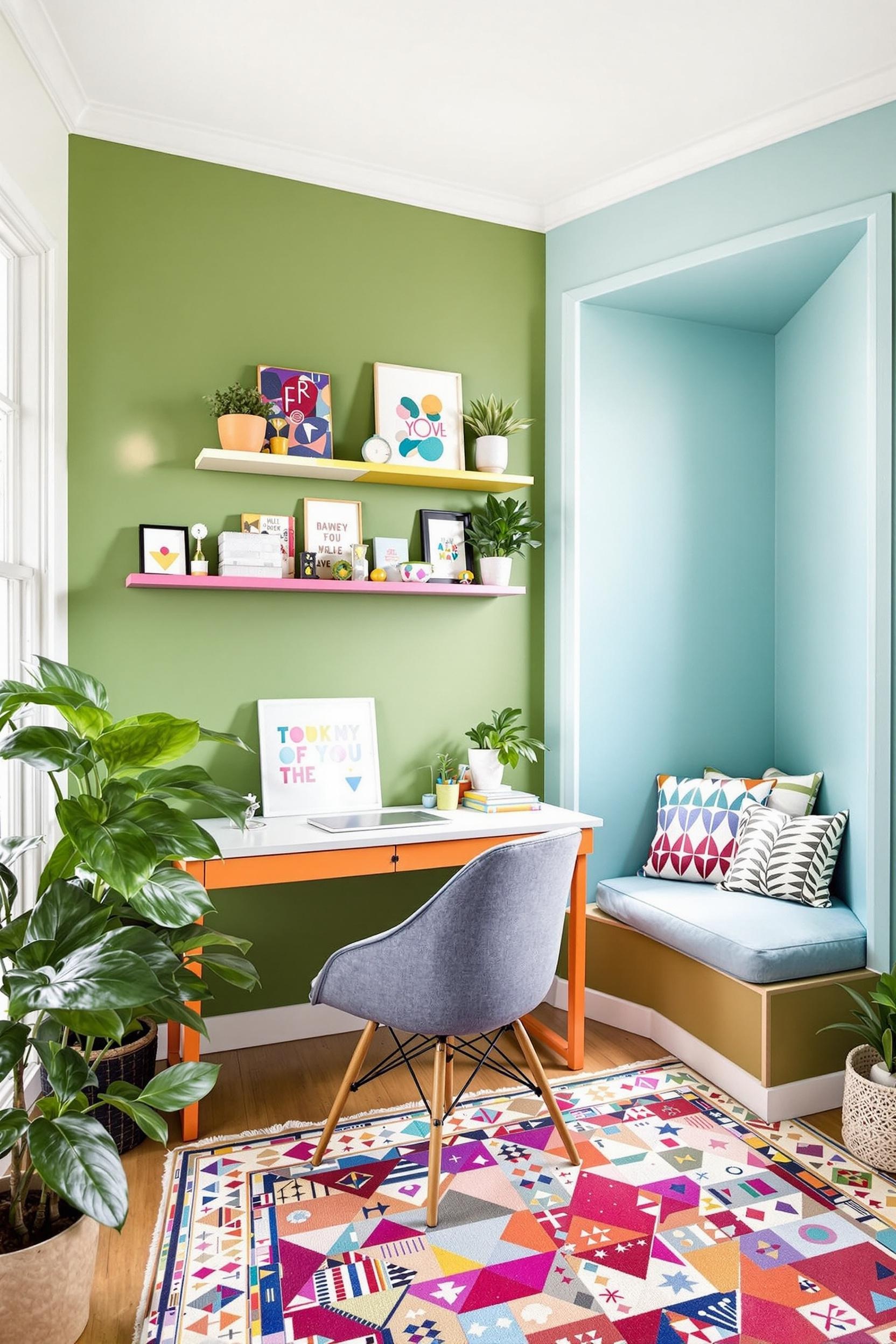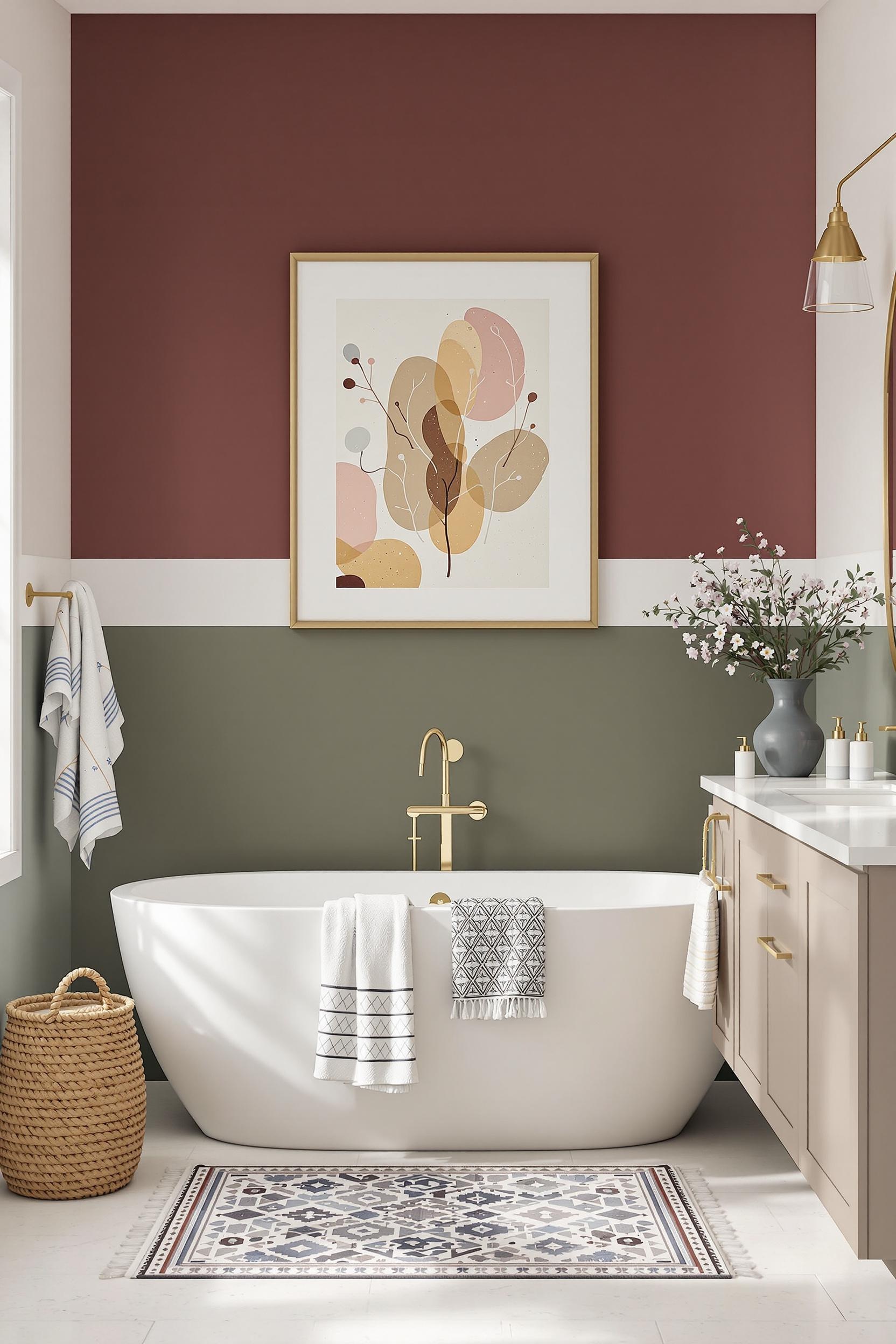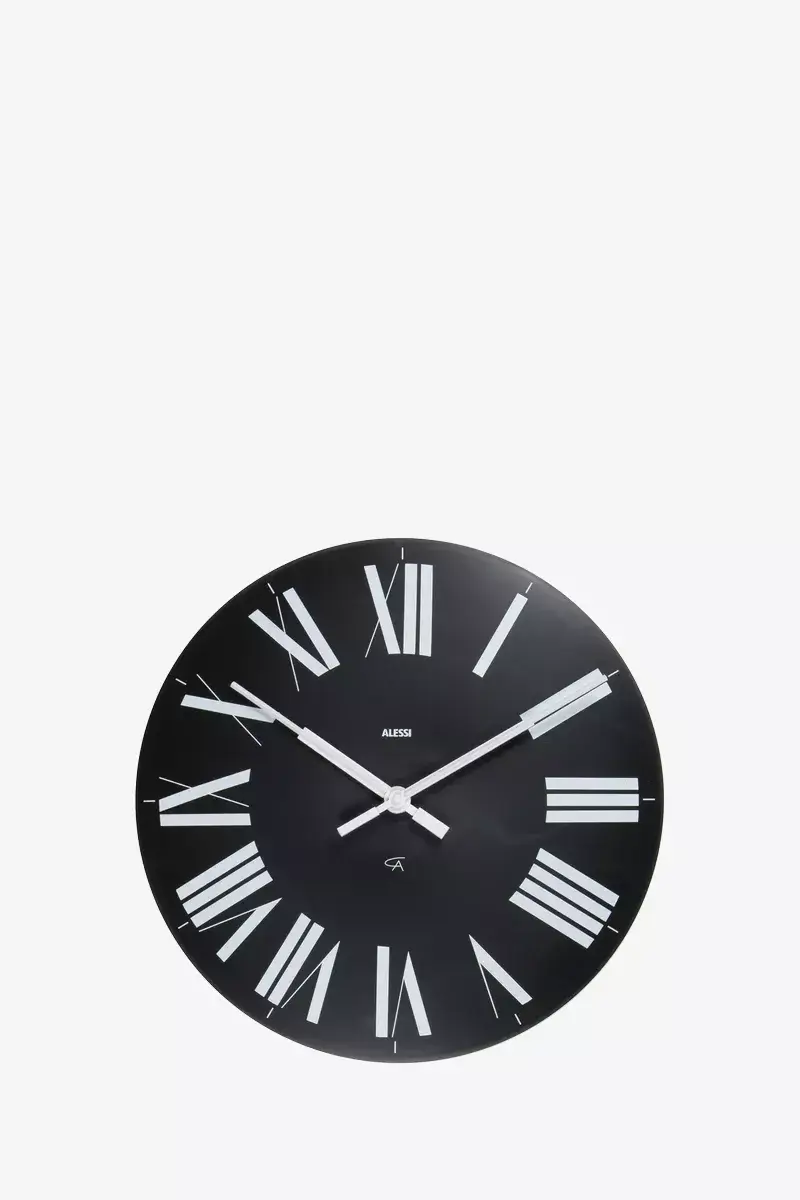
How to Use Color Blocking to Define Spaces in Your Home
Have you ever entered a room and instantly sensed its purpose and flow—without any need for walls or signs? That’s the power of color blocking interior design. As a designer deeply passionate about minimalist color blocking, I’ve seen firsthand how color blocking can beautifully define spaces, especially in open-concept homes, small apartments, and minimalist interiors. Whether you’re working with bold tones or subtle hues, the technique doesn’t just add style—it transforms function.
Color Blocking: Your Secret Weapon for Defining and Transforming Spaces
In today’s modern homes, separating dining from living or work from rest can be tricky. Using color blocking to separate areas changes that. This simple yet intentional practice involves using blocks of color—particularly bold hues in minimalist spaces—to define different zones without building walls.
Picture this: a neutral-toned living room contrasted with a bold emerald green block marking your reading nook. Or a soft gray base accented by a warm terracotta wall distinguishing your dining area. These changes don’t just catch the eye—they guide how the space feels and functions.
You can explore more precise strategies for color blocking with paint zones, a technique gaining momentum in both minimal and maximal designs alike.
Understanding Color Blocking: Strategic Design for Modern Spaces
More than just aesthetics, color blocking is rooted in psychology and design science. The exciting part? It originally started in fine art with painters like Piet Mondrian and later evolved into modern color blocking ideas that define how we live and move through space.
Different tones evoke distinct moods. For example:
- Cool blues and greens promote focus and calm—great for bedrooms and work areas.
- Warm reds and oranges inspire energy—ideal for social or play spaces.
- Grays and whites help anchor bolder color zones.
This emotional layer makes color blocking so effective. When you define your space with color blocking, you’re building both boundaries and experiences.
Color Blocking Techniques: Mastering Spaces with Bold Hues
Strategic use of color can break your layout into purposeful zones. I recently redesigned a small apartment where vertical color blocks made the ceilings feel taller. A cheery yellow stripe defined the kitchen space, while soft olive green denoted the hallway area—without affecting flow or adding partitions.
Want to use color blocking to separate kitchen and dining spaces? Try this: Use two walls of one space in a muted pastel, then sharply switch to a bold complementary tone in the next zone. This draws a visual line—clearer than any doorframe.
Color blocking for open concept homes is especially effective when walls are sparse. Geometric shapes and lines can reinforce structure in large or undecorated areas.
Advanced Color Blocking Strategies for Small Spaces
In smaller homes or studios, color blocking interior design ideas must balance impact with subtlety. I like to start with a neutral foundation, like beige or light gray. Then, I introduce high-contrast bolds—navy, charcoal, forest green—to create dynamic focal points that act as visual borders. These bold tones serve as functional dividers without sacrificing space.
If you’re feeling bold, take it up a notch with neon architectural color blocking. Neon color zones, if applied correctly, not only separate zones but bring a futuristic pop of character into minimalist interiors.
Discover how color blocking can make small rooms look larger by combining contrasting color bands with furniture layouts that follow those defined shapes.
Geometric Precision: A Visual Design Language
Precision in geometric color blocking is a game changer. Sharp lines and rectangles draw attention to areas you want to highlight. For instance, a simple geometric color block on a sofa bench can create a cozy reading nook within a large room.
Try horizontal color bands along a dining wall to mimic the length of your table, or position vertical color bands behind a desk in your home office design to draw the eye upward and bring focus.
Color Blocking Secrets: Mastering Advanced Spatial Design Techniques
Let’s dig deeper. Advanced minimalist color blocking techniques come to life when we combine psychology, geometry, and bold tones. One standout method I love is color zoning in open floor plans. It solves multiple spatial challenges while maintaining elegance and simplicity.
These rules apply beautifully in minimalist wall designs. A deep tone behind your entertainment unit, a contrasting block in your sleeping area—these precise touches enhance flow and structure while respecting the minimalist ethos.
The trick lies in restraint and repetition. Choose up to three colors. Repeat them across walls, furniture, and accessories. This harmony creates visual rhythm that supports rather than overwhelms your space.
Transform Your Space Now: Color Blocking Design Revolution Starts Here
Color blocking interior design isn’t just trendy—it’s transformative. With strategic placement and purposeful decisions, your home becomes more than a living space. It becomes a story worth telling.
Personalized Color Blocking Consultation: Your Design Journey Begins
Every space tells a story, and I’m here to help you write yours. My exclusive consultation service goes beyond paint swatches. I’ll offer solutions personalized to your lifestyle with color blocking strategies for every square foot of your home.
What makes this approach different? We build spatial narratives that reflect your energy, improve functionality, and celebrate your aesthetic voice. With insights drawn from architecture, color theory, and human psychology, you’ll see your home in vibrant new ways.
Design Your Dream Space: Exclusive Insider Resources
- Downloadable Guide to Color Blocking
- Exclusive Video Tutorials
- Monthly Design Inspiration Newsletter
- Virtual Color Consultation Options
Transform Your Home, Transform Your Life
- Enhance productivity in your workspaces
- Create calm, relaxing zones
- Maximize small areas with strategic color
- Express your style through purposeful color blocking
Whether you’re exploring bold color blocking for small spaces or separating larger zones in an open-layout loft, this technique reshapes how you experience home design.
FAQs: Your Color Blocking Design Questions Answered
1. How Can Color Blocking Help Define Spaces in an Open Floor Plan?
Color blocking uses color contrast, not walls, to separate spaces like dining and relaxing areas. Try these floor plan strategies here.
2. What Are the Best Colors for Minimalist Color Blocking?
Stick to 2–3 hues like whites, soft grays, or beige. Add bold colors like navy, forest green, or terracotta. Check out top minimalist color palettes.
3. Can Color Blocking Work in Small Spaces?
Yes! Vertical and horizontal color blocks expand rooms by shifting perception. See how to apply this trick.
4. How Do I Avoid Making My Space Look Chaotic with Color Blocking?
Keep it tight—three colors max. Use straight geometric lines and repeat themes across your design. Balance bold colors effectively.
5. Can I Use Color Blocking in Different Rooms of My Home?
Absolutely. Apply it to define your kitchen, work area, or bathroom walls. Explore room-specific uses here.
Ready to Redefine Your Home Through Color?
Whether you’re outlining zones or redesigning an entire space, color blocking is a proven method to create mood, structure, and style. It’s time to bring your spaces to life with intention and artistry.






